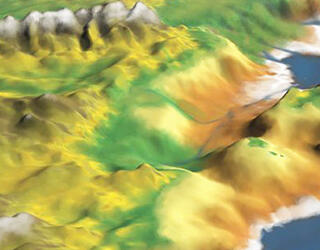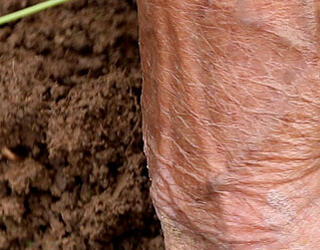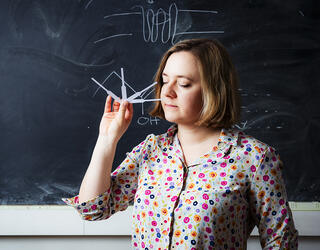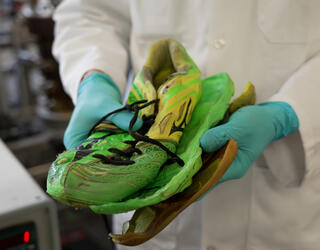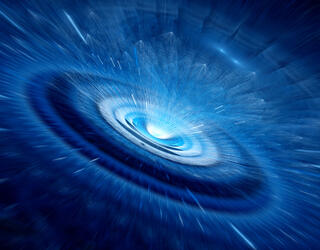At the Musée de l’Homme anthropology museum in Paris, an exhibition traces the movements of Homo sapiens across the long history of humanity. To address this complex topic, often the subject of fanciful representations, the scientific curators approached it from multiple points of view, including...
Article
03.27.2025
The metabolism of astronauts, the behaviour of plants, the reactions of living beings to radiation and of foams to weightlessness… The International Space Station does not only observe Space, as evidenced by the following four experiments.
Article
03.26.2025
How to measure the dislocation of ice floes, the immense expanses of ice floating in polar seas? Easy! Create a model of the ice pack, find the best way to shake it, and watch as it breaks under the effect of waves.
Slideshow
03.19.2025
Our topics
01.29.2025
Based in Namibia, the H.E.S.S. telescope array monitors the showers of particles produced when the highest-energy cosmic rays ever observed in the Universe impact the Earth's atmosphere.
Article
01.14.2025
Light, soft, resistant, deformable, and sometimes tacky, knitted fabric is not just an everyday object, it is also a metamaterial whose extraordinary properties are of great interest to physicists.
12.06.2024
Over 5 million years ago, the Mediterranean Sea dried up, giving way to a salt flat stretching as far as the eye could see. A look back at the Mediterranean basin’s last great hydrological crisis.
11.15.2024
Astrochemistry, a relatively new field, focuses on exploring chemistry in interstellar spaces to uncover insights about the origins of life on Earth. This discipline has seen significant advancements...
10.18.2024
What do a wind turbine, an ocean swell, and a volcanic eruption have in common? All three emit infrasound, or sound whose frequency is below 20 hertz. These sound waves, which are wrongly considered...
07.09.2024
Cyril Aymonier, Lydéric Bocquet and Eleni Diamanti are the three recipients of the CNRS 2024 Innovation Medal, which rewards male and female scientists whose research has led to groundbreaking...
05.29.2024
The European Commission is adamant: carbon capture and storage (CCS) will play a key role in the fight against climate change. But just how does CCS work? How widespread is this technology? And what...
Article
05.20.2024
The winner of the 2023 CNRS Silver Medal, Alexander Kuhn has marked the scientific community with his research in electrochemistry, which is of interest in fields ranging from pharmaceuticals to...
05.16.2024
Professor Mehdi Beniddir, both a researcher in chemistry and a pharmacist, explains how pharmacognosy makes it possible to develop new medicinal drugs from substances found in nature.
03.28.2024
Winner of the 2023 Irène Joliot-Curie Prize in the “Young Woman Scientist” category, this research chemist has developed the very first experimental structure of a human olfactory receptor.
Video
03.18.2024
Whether trainers or batteries, some multilayered objects still resist recycling… not for very long. This report takes...
03.13.2024
As opposed to black holes, white holes are thought to eject matter and light while never absorbing any. Detecting these as yet hypothetical objects could not only provide evidence of quantum gravity...







